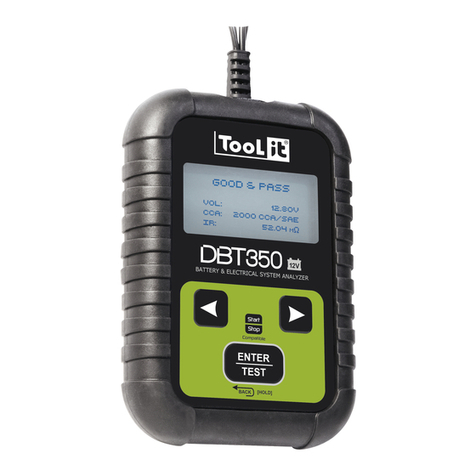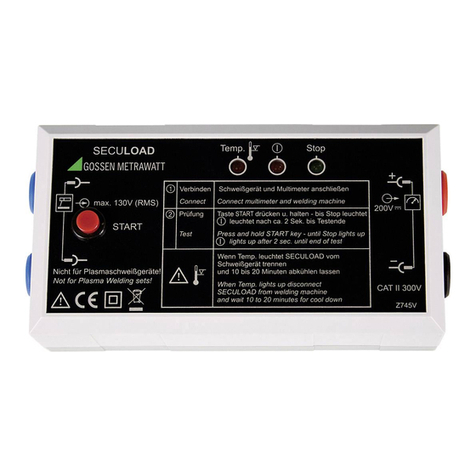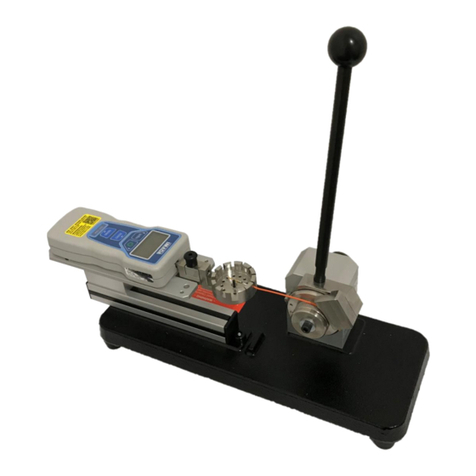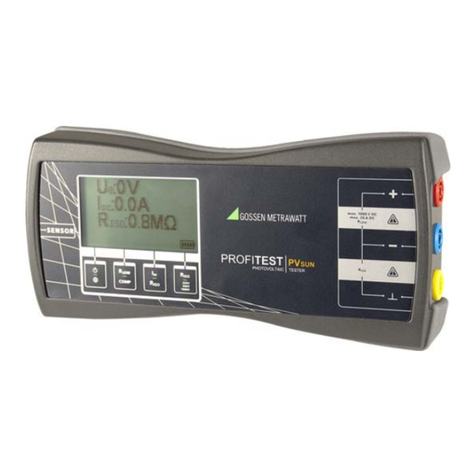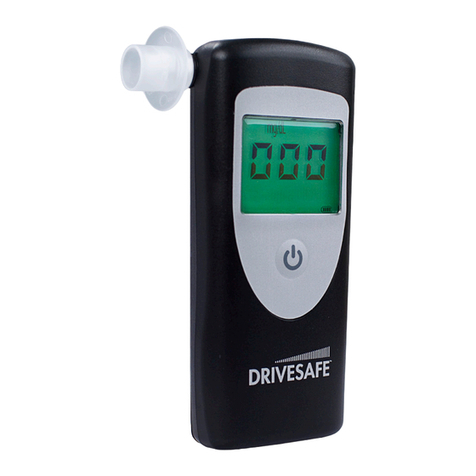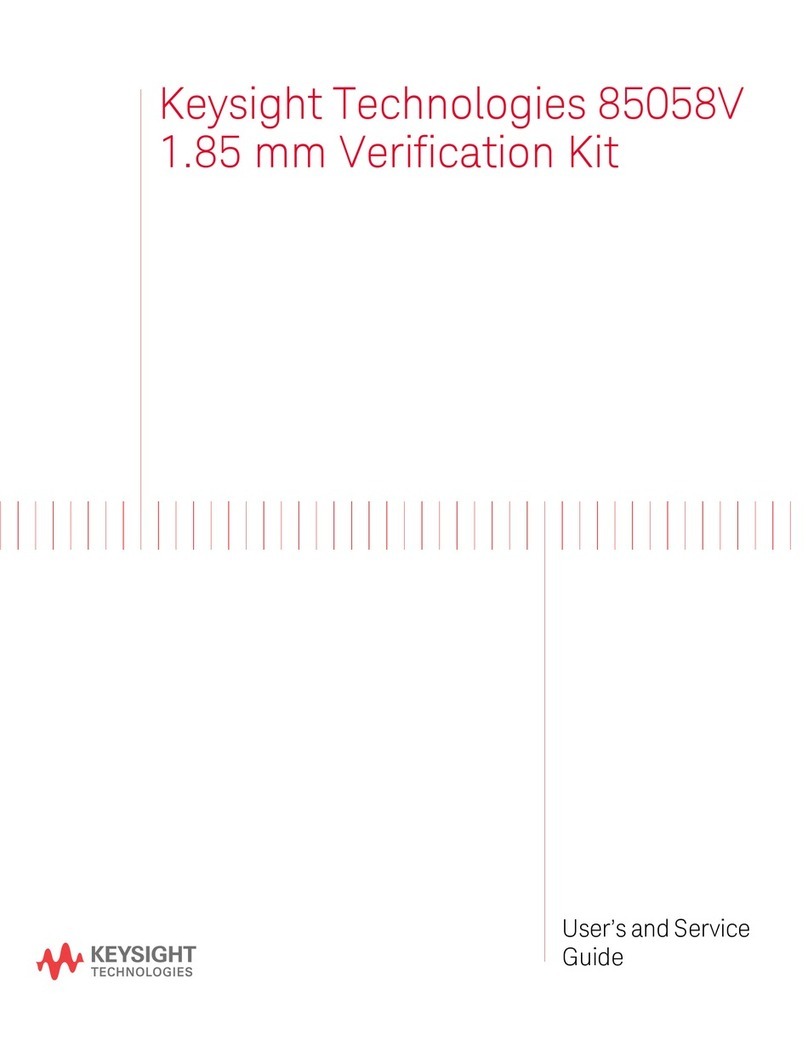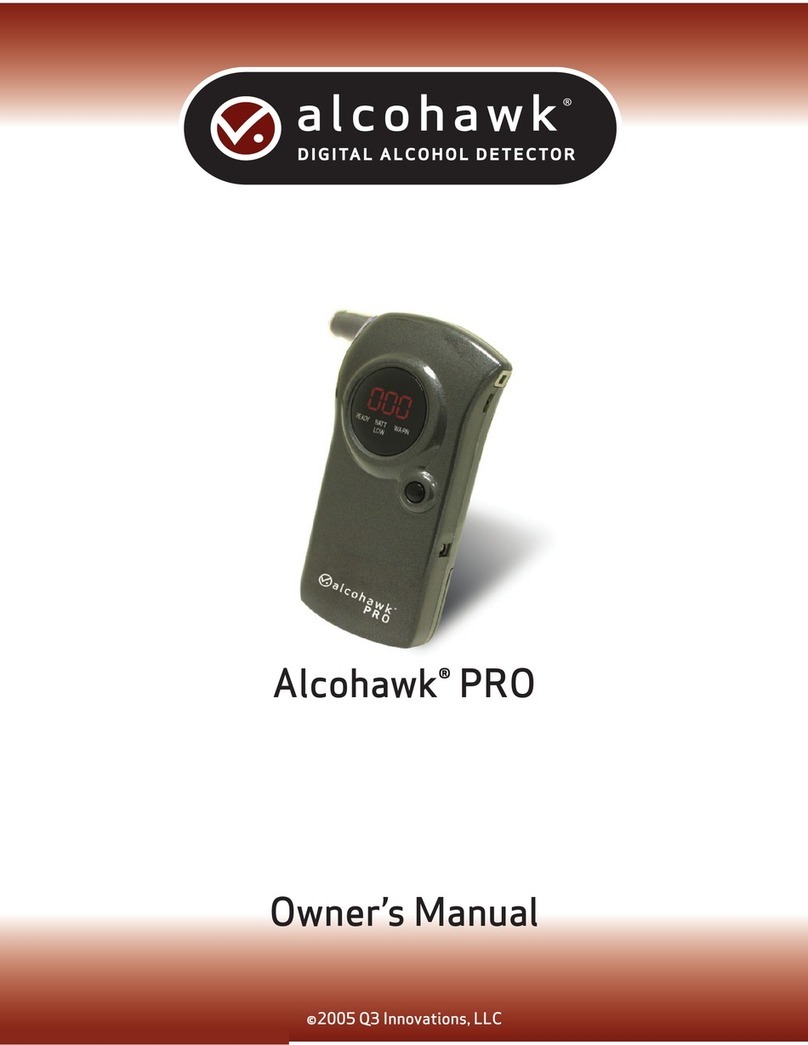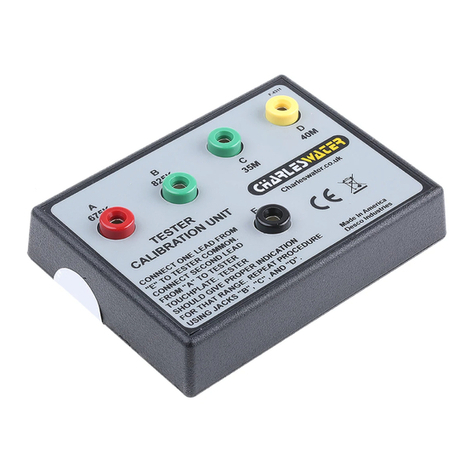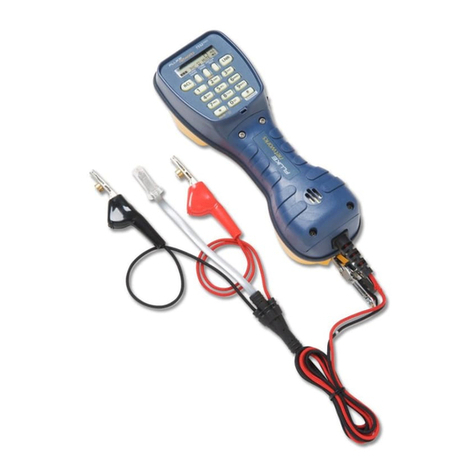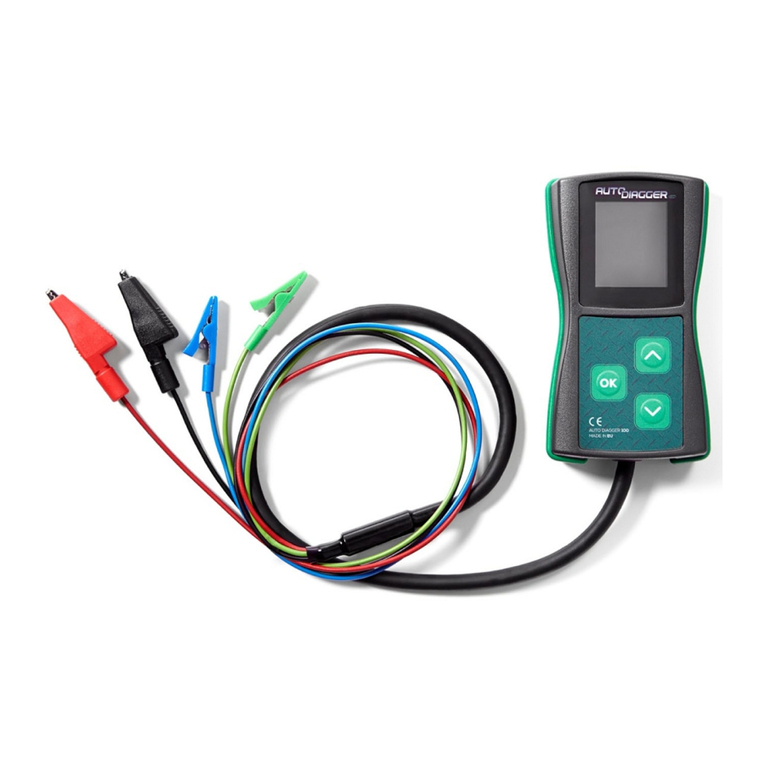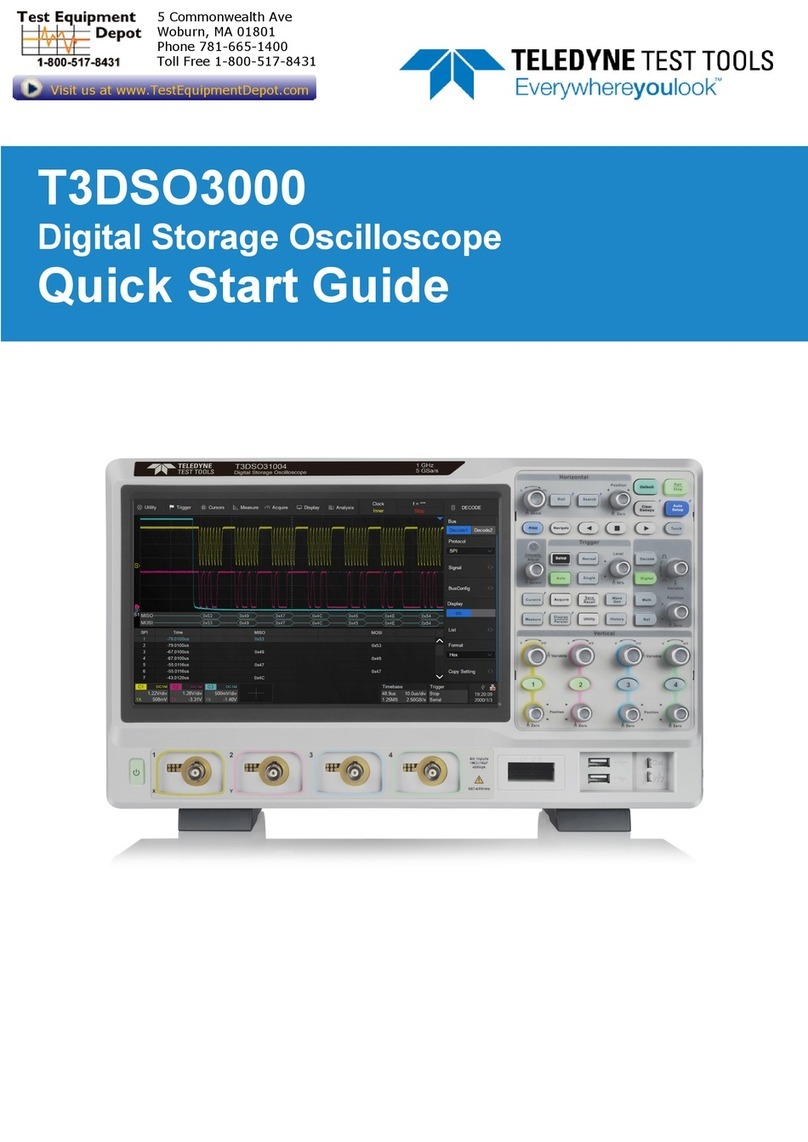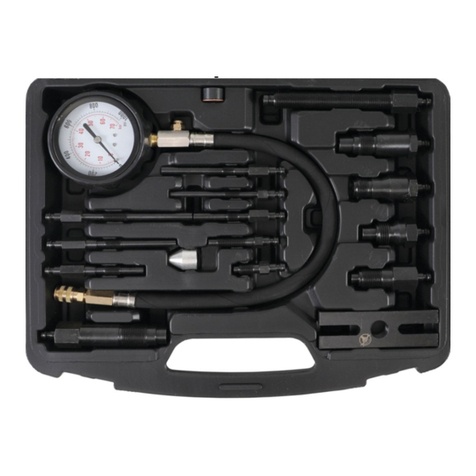CTB DO148 Setup guide

CAN Test Box
CAN Test Box
Quick Start
User Guide

NOTICE
1. Important: As active LED signals may have the potential to interfere with CAN data package
signals we do not recommend the CTB be connected to late model C.A.N. protocol vehicles
under the following conditions:
i. With a scan tool attached whilst driving the vehicle during or under road test conditions.
ii. CTB left connected to the vehicle DLC OBDII connector while road testing or left connected
to the vehicle for extended periods of time.
2. Important: Only use external test devices such as probes, oscilloscopes or diagnostic
equipment with more than 1 megaohm of input impedance.
3. Important: Do not connect the CTB when performing any vehicle re-ash or reprogramming
procedures with scan tool or pass-thru programming devices connected. Failure to observe this
can cause control module failure or damage.
4. Important: Do not use the CTB to power any external test devices in excess of 1.2 amps.
5. Important: Use caution at all times when probing the 16 pin DLC breakout box. Bridging pins,
e.g. pin 16 (POWER), to any other pin could result in serious vehicle electrical or computer
damage.
6. Important: The working and operating voltage of the CTB is 12 V to 15 V DC. Under no
circumstances should the CTB be used on any vehicle which has a higher operating voltage or
the CTB unit will be permanently damaged. For example, it cannot be used on 24 V commercial
vehicles.
7. Important: Care should be taken not to drop the CTB onto the OBD female end or to use
excessive force when connecting a scan tool, as the CTB 16 pin female DLC connector maybe
pushed in or broken. This is deemed to be operator abuse and is not a warrantable item.
Failure to observe these warnings may result in vehicle, CTB or scan tool damage or
incorrect test results.
Product Use Limitations, Warranty Disclaimer
MJ manufactures CAN Test Box (CTB) products for a number of intended uses. Please refer to the
product label for the intended use statements for specic product applications. MJ products may be
harmful or cause damage if misused incorrectly. Due care should be exercised with all MJ products
to stay within the advertised intended use at all times.
Each MJ product is shipped with documentation stating specications and other technical information.
MJ products are warranted for a 12 month period to meet the stated specications. MJ’s sole
obligation and the customers sole remedy is limited to replacement of products free of charge in the
event products fail to perform as warranted.
MJ makes no other warranty of any kind whatsoever, and SPECIFICALLY DISCLAIMS AND EXCLUDES
ALL OTHER WARRANTIES OF ANY KIND OR NATURE WHATSOEVER, DIRECTLY OR INDIRECTLY,
EXPRESS OR IMPLIED, INCLUDING, WITHOUT LIMITATION, AS TO THE SUITABILITY, PRODUCTIVITY,
DURABILITY, FITNESS FOR A PARTICULAR PURPOSE OR USE, MERCHANTABILITY, CONDITION, OR
ANY OTHER MATTER WITH RESPECT TO MJ PRODUCTS.
In no event shall MJ be liable for claims for any other damages, whether direct, incidental, foreseeable,
consequential, or special (including but not limited to loss of use, revenue or prot), whether based
upon warranty, contract, tort (including negligence) or strict liability arising in connection with the
sale or the failure of MJ products to perform in accordance with stated specications.
DISCLAIMER
Please note when using the CTB as a scan tool extension lead, protocol interference may be possible
on some vehicle manufacturers when entering into some ECU’s. IMPORTANT: CTB should not be
attached when reading or clearing fault codes or during any programming, adaption or special
functions when used in conjunction with a scan tool.
CAUTION
The working and operating voltage of the CTB is 12 V to 15 V DC. Under no circumstances should
the CTB be used on any vehicle which has a higher operating voltage or the CTB unit will be
permanently damaged.

3
CAN Test Box
CTB components
CTB Interface Inlay Panel
LEDs (backlit, numbered & colour coded)
Breakout Pin Connections (4 mm Jack)
2.5m Extension
Cable OBD Scan Tool
Pass-Thru
Connector
Probe Lead Kit
(BNC to 4 mm)
Silicone Protective
Boot

4
CAN Test Box
CTB POWER LED RED
The interface panel utilises numbered backlit LEDs which illuminate when signal data
is present on the corresponding LED line. Pulsing LEDs indicate signals being pulled
alternately high and low. CTB LEDs correspond to vehicle DLC (Data Link Connector)
Pins 1-16.
LEDs 1-4 GREEN, LEDs 5-8 BLUE, LEDs 9-12 YELLOW, LEDs 13-16 RED
CTB Interface Panel
CTB LED Description
When the CTB is interfaced with the vehicle DLC (Data Link Connector) and if there is
signal data present on a pin of the DLC, the corresponding CTB LED will be activated
indicating the presence of vehicle DLC pin signal data.
1: 485A * 5: Signal GND
(SIGNAL)
9: 485B * 13: future
upgrade
2: Bus+ Line
J1850
6: CAN High of
SAE J2284
10: Bus– Line
J1850
14: CAN Low of
SAE J2284
3: future upgrade 7: K Line of
ISO9141-2 &
keyword 2000
11: Clock 15: L Line of
ISO9141-2 &
keyword 2000
4: Chassis GND
(GROUND)
8: future upgrade 12: future
upgrade
16: Batt+
(Voltage Supply)
* Manufacturer’s proprietary information

5
CAN Test Box
CTB 2.5m Extension Cable
DLC Fast Check OBD Connector
The CTB utilises a 2.5 metre shielded extension cable with Fast
Check ODB Connector. This allows the CTB to connect with the
vehicle DLC for viewing and operation of the CTB away from
enclosed areas. The CTB incorporates diode fuse protection for Pin
5 (Signal Ground) plus Polyswitch Fusing for Pins 4 & 16 (Chassis
Ground & Batt+).
CTB 2.5m Cable
and
Fast Check OBD
Connector
CTB Cable DLC
Vehicle DLC
Connect CTB cable DLC
to vehicle DLC.

6
CAN Test Box
4
Chassis
GND
5
Signal
GND
16
Batt+
POWER
CTB LED Monitoring
Establish CTB LED display by connecting the CTB cable DLC to the
vehicle DLC. Data signals present on the vehicle DLC will illuminate
the corresponding CTB panel LEDs.
Of primary importance is the illumination of CTB LEDs:
• CTB POWER (CTB is powered up)
• Batt+ (vehicle DLC Pin 16)
• Chassis GND (vehicle DLC Pin 4)
• Signal GND (vehicle DLC Pin 5)
• Appropriate LEDs for the CAN data protocol in use for the
vehicle being tested (use the pulsating LEDs to identify the CAN
protocol).
Image shows CTB LEDs; POWER,
4 (green), 5 (blue) 16 (red) ‘ON’
indicating power and ground
circuits are operational
Image shows CTB LED’s 6 (CAN
High) and 14 (CAN Low) - system
uses SAE J2284 protocol and is in
‘wake up’ mode
Test Vehicle Example - Mazda CX7

7
CAN Test Box
CTB Scan Tool Pass-Thru Connector
The CTB is equipped with a 16 pin Pass-Thru which allows the user
to connect a scanner (generic or OEM) for the purpose of systems
scan data monitoring or systems activation.
Connect the CTB cable DLC to the vehicle
DLC.
Connect the scan tool cable DLC to the CTB
Pass-Thru Connector.
Scan Tool Data Display
CTB Pass-Thru to Scan Tool
Cable Connection
CTB LED Display
CTB 16 Pin Pass-Thru
Connector
Connect CTB, Scan Tool and simultaneously monitor
CTB LEDs and Scan Tool Data

8
CAN Test Box
CTB Oscilloscope Connection
The CTB allows the user to connect any compatible oscilloscope
enabling the capture of oscilloscope waveforms of bus signal data.
The CTB terminal pin ports are accessible with standard 4 mm jacks.
The CTB Probe/Lead Kit utilises high-quality shielded probes and
leads, 4 mm banana jacks (CTB connection) and standard BNC
connectors (oscilloscope connection).
As bus signal data is very fast, it is recommended that a quality
oscilloscope is used for bus signal data capture.
CTB 4 mm Terminal Pin Ports
CTB 4 mm Pin Port
CTB Probe/Lead Kit
4 mm
BNC
PC Oscilloscope (BNC Connectors)

9
CAN Test Box
CTB Oscilloscope Connection
Connect the CTB cable DLC to the vehicle DLC.
Connect one end of a CTB probe lead (BNC) to the oscilloscope.
Connect the opposite end of the probe (4 mm jack) to the CTB Pin
Port of the appropriate CTB LED selected for oscilloscope waveform
data capture.
Connect the probe ground (black lead) to CTB LED Pin Port either 4
(Chassis GND) or 5 (Signal GND).
Power up the oscilloscope and set up the system as necessary for
signal data gathering. Use 2 channels to observe CAN High and CAN
Low signal data.
CTB Probe (4 mm) Connection
PC oscilloscope shown with CTB-to-scope
connections and waveform capture
CTB Connected to Vehicle DLC
CTB Probe Lead (BNC) Scope
Connection
Oscilloscope Waveform Capture

10
CAN Test Box
USB
Automotive
Oscilloscope
ABCD
16
15
14
13
12
11
10
9
8
7
6
5
4
3
2
1
Scan Tool
Connection
PC USB Connection
Vehicle DLC
CAN Test Box
CAN Low
Signal
Ground
CAN High
Ground
CAN Test Box Connection Schematic
WARNING!
Observe workshop safety practices
CTB, Scan Tool and Oscilloscope Connections

11
CAN Test Box
1
9
2345678
10 11 12 13 14 15 16
OBD-II Connector Pin Designation
1 - Manufacturer’s Proprietary
2 - Bus+ Line of J1850
3 - Manufacturer’s Proprietary
4 - Chassis Ground
5 - Signal Ground
6 - CAN High of SAE of J2284
7 - K Line of ISO9141-2 & keyword 2000
8 - Manufacturer’s Proprietary
9 - Manufacturer’s Proprietary
10 - Bus- Line of SAE J1850
11 - Clock - Proprietary
12 - Manufacturer’s Proprietary
13 - Manufacturer’s Proprietary
14 - CAN Low of SAE J2284
15 - L Line of ISO 9141-2 & keyword 2000
16 - Battery Power (4 amp max.)
OBD II Connector
Note: ISO9141-2 & ISO 14230
(keyword 2000) use the
same pinout, so you cannot
distinguish between the two by
simply examining the connector.
Connect and use the CTB.
Monitor the LED indicators for
protocols activity to identify the
network structure in use.
CTB and CAN-Bus system diagnostics
Please note: Some vehicles may require connection of a scan tool prior to connecting
the CAN Test Box. This is necessary as a scan tool may be needed to log on as a
communication node of the CAN-Bus system. Without scan tool recognition, the
system will not transmit signal data to the CTB and therefore connection of the
CTB may result in failure of the CTB interface LEDs to operate when performing a
diagnosis.

15/11/2011
